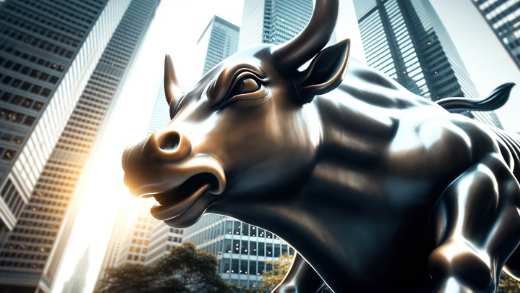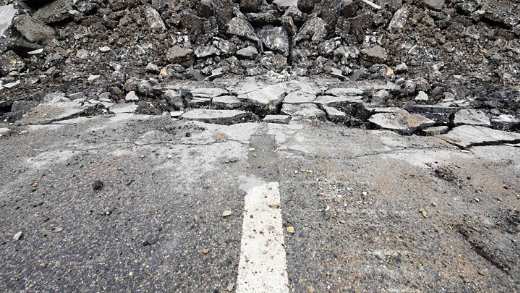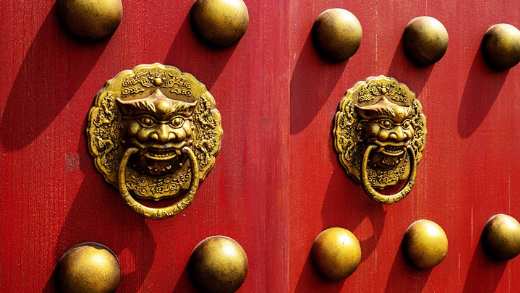Companies whose customers face barriers to exit often deliver more resilient performance over the long term, says Francois de Bruin.
Read this article to understand:
- The different kinds of switching costs
- The role of switching costs in helping companies retain customers
- Which companies benefit from barriers to exit
In their search for sustainable and growing cashflows, equity investors often focus on companies in industries with high barriers to entry. This makes sense: companies that are dominant in their market niches and insulated from competitive disruption tend to outperform.
But investors should also consider a related concept: barriers to exit. Companies whose products or services are difficult for customers to give up, due to the associated switching costs, tend to enjoy a key advantage over their rivals. Call it the Hotel California effect: customers can check out any time they like, but they can never leave.
Switching costs and entrenchment
Switching costs are often underappreciated by the market, as they do not show up in income statements or balance sheets. But recurring cashflows in good times and bad are a good indicator they exist.
Switching costs can take different forms, several of which are considered as part of the investment thesis that informs our holdings. Customer entrenchment is one factor we look for. Take IT firm Jack Henry, which offers core banking technology to mid-sized banks across the US. For a bank to transition its operating platform requires a great amount of effort, time and capital. This helps explain why less than one per cent of Jack Henry’s client base churns every year.1
Another example is First Republic Bank (the only bank we own in our Global Equity Endurance strategy), which has been able to deliver 20 per cent loan growth per annum for more than a decade.2
However, the stickiness of the client base is the company’s most appealing characteristic. On average, First Republic clients take out nine different financial products with the bank. This entrenchment contributes to an extremely low client attrition rate of just one per cent, compared with the US market average of eight per cent.3
Of course, unlike the ghostly residents of Hotel California, customers are not prisoners; if they were truly dissatisfied, they would go ahead and switch providers regardless of the cost. Good companies don’t just rely on switching costs to retain customers; they also offer top-level service. This is true of First Republic, which has demonstrated a relentless focus on client experience.
Resilient cashflows
While most barriers to exit are implicit, some are explicit. Take Costco, a US wholesale warehouse retail chain that shares its economies of scale with its customers.
While most barriers to exit are implicit, some are explicit
The company charges a $60 annual membership fee, which acts as a de facto switching cost for customers and incentivises them to make return visits to get their money’s worth. The upfront fee is dwarfed by customers’ $114 average spend per trip, and their $2,700 average spend per year: the embedded opportunity cost appears to result in further demand for Costco’s goods.4
And Costco further ensures customer stickiness by keeping prices low: for example, the company has famously never raised the price of the hot-dog meals in its food courts, which still cost $1.50 – the same as they did in 1985.5
Time is another key component leading to customer stickiness. The best example here is arguably Autodesk, a company most famous for its 3D computer-aided design (CAD) software.
Engineering and architecture students around the world are taught CAD at university. These studies take four years, on average; most trainee engineers and architects then spend another four years gaining practical experience in real-world environments. After such a long time spent mastering the software, it is rare for CAD users to give up working on the platform and start afresh on a different one.
Companies with the Hotel California effect tend to retain it
When we identify switching costs associated with a company – whether in the form of complexity, time or capital – it gives us confidence it should be able to continue to grow cashflows for years to come. That’s because the logic underpinning these costs persists through challenging economic periods, helping companies hold on to their customers even when growth slows or deteriorates.
In other words, companies with the Hotel California effect tend to retain it. Or, as the Eagles put it: any time of year, you can find it here.

















